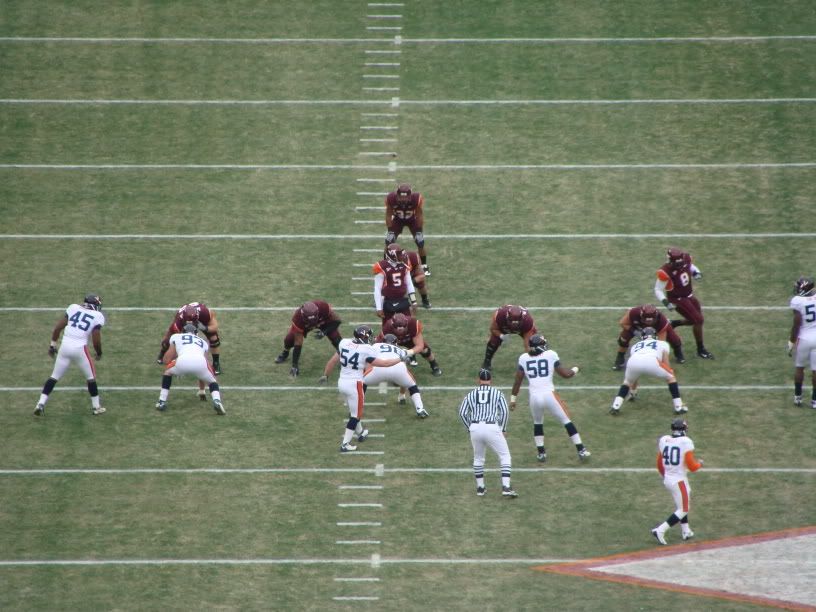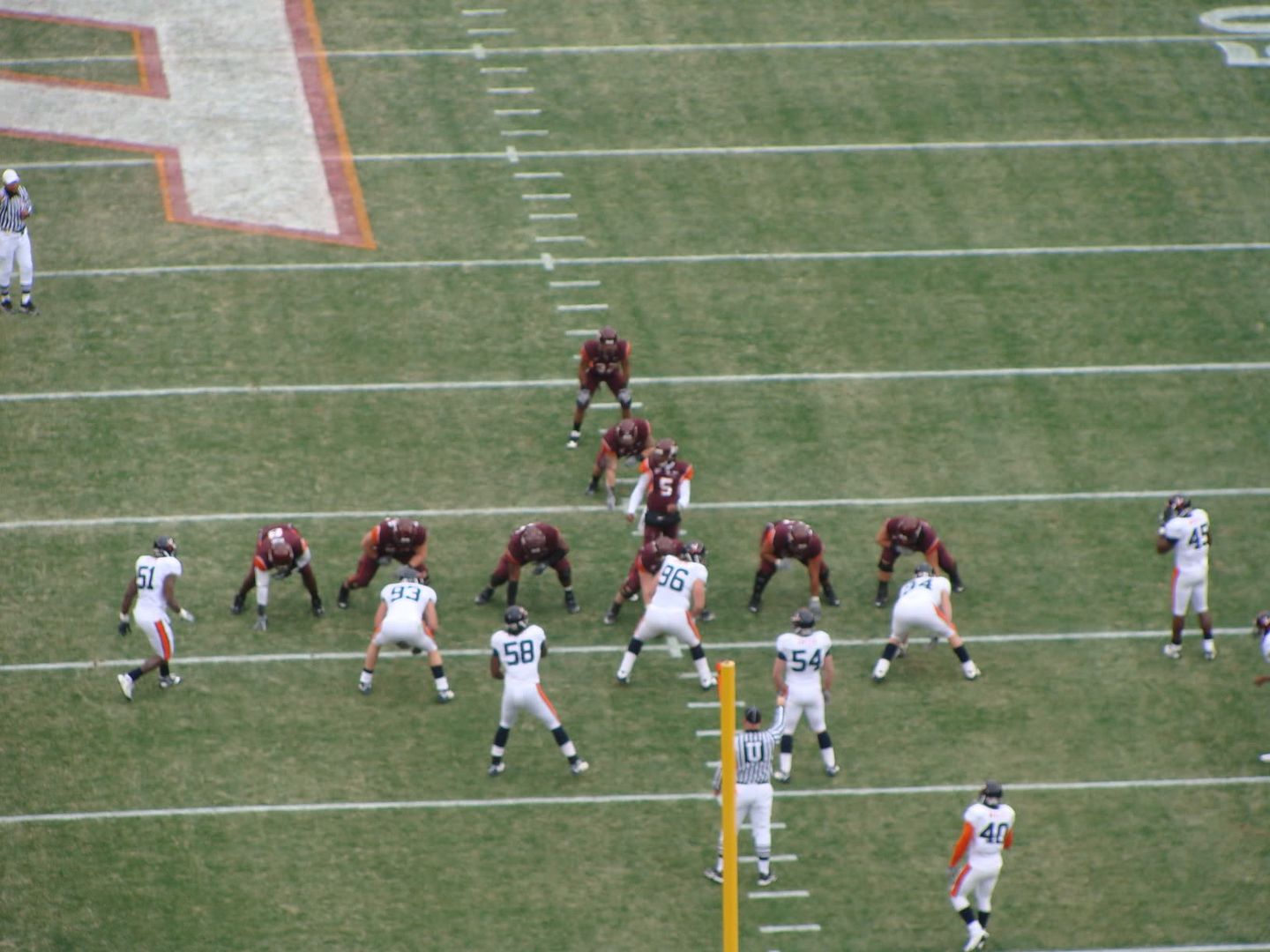I found a nice little State Park that's within about 15 minutes of my home, and I made a couple of trips out there. It's a damn nice place for taking pictures, it just sort of sucks that admission is $4 per visit. I ought to check and see if they offer a yearly pass or something. Anyway, I managed to finally get two solid pictures that I really think are worthy of enlarging into big prints. Possibly more, but I haven't looked over all of the files very closely, these are just the two that really seemed to "have it". I want you guys to take a look at them and tell me what you think. I've also included two other pictures, which I think are pretty much crap. But I'm going to show them to you also, for a reason. A brief description will follow each picture explaining why I like them and why I don't like them. I'd appreciate any comments on whether or not you agree with my criticisms, as well as any additional comments you feel to add. The two good pictures first, the two bad pictures last.

Now, this one I really liked. I think that compositionally, this one is actually pretty strong. There's plenty of stuff going on in the foreground, middle ground, and background, without anything looking too "busy". This was taken with an infrared camera, and I think that this is the kind of shot that totally wouldn't have worked any other time of the year. If you notice, the bushes are dead. Since infrared tends to make live foliage extremely bright white, I think that the bushes would not have stood out well enough against the bright sand if this picture were taken in summer or something. I think that the contrast in the upper half of the image is quite nice, with a pretty big tonal range, while still not having many garish and unsightly solid-blacks or blown-out whites. I'm not quite as satisfied with the lower half. The pile of sticks does have too much contrast, and has detail-free blacks as well as detail-free whites. But I think I could potentially nudge more detail out of that part of the image with further knowledge of post-processing. I'm not sure how well this image will blow up as a print, but right now I think it's worth a small print. And the RAW file is definitely a keeper. I might be able to get a LOT more out of this picture with further editing.

Similar to the last one, but here's another one that I really like. Compositionally, I also think that this one is very strong. It utilizes the "rule of thirds" quite well (though possibly not as well as possible. The real subject of the image is a bit too close to center, and I wonder how it would if I had shifted the tower a bit more to the right). But that's nitpicking, I think. As it is, I think that this one looks GOOD. Once again, we get some nice contrast, though not quite as extreme as the last one. And I REALLY like the use of "lines" in this one. The way that the horizon, the walkway, and the clouds all seem to sort of "point" towards the tower, which really makes the whole picture come together. Again, this was shot in infrared. Here we get a bit more of the "infrared effect" resulting from bright foliage. But I think it works here a lot better than it would have worked in the last image, since here the bright foliage sort of contrasts pretty nicely with the dark shadows in the foreground. As a side note, certain lenses are noted for having "hot spots" in the infrared spectrum. This is a very bright area, usually at the center of the frame, which just looks ugly as hell. I did some tests and determined that ALL of my lenses have hot spots which show up at about f/8. Any lens aperature bigger than about f/8, and the hot spot is still there, but isn't that noticeable. At lens apertures smaller than f/8, hot spots can show up and be really ugly. Both this and the previous image were shot at f/11. MOST of my day's infgrared shooting was done at f/11, and I'm lucky that hot spots didn't ruin this or the previous image. Some of the pictures I took were actually ruined by hot spots that resulted from shooting at f/11, so I'm lucky that didn't happen here. At this point, that's sort of a crapshoot. I need to better learn when hot spots will show up and how to avoid them, because I had to throw away a few really nice shots that were ruined by artifacts of shooting in the infrared spectrum using lenses that have "hot spots".

Now we get to the bad pictures. This was taken by a non-modified camera. Standard zoom image from a 10 megapixel DSLR. I post this picture because these are the kinds of things that frustrate the HELL out of me. I saw a LOT of pelicans that day. And this was one of the best shots I got. Problem is that pelicans are BIG birds. Meanwhile, this was shot using a 300 mm lens. But it was a lens designed for a 35mm camera. And I stuck that lens on a camera with a small sensor with a 1.6x crop factor. This makes it actually equivalent to a 480 mm lens. Nearly 500mm, and I was shooting a BIG ****ing bird. I STILL had to crop the **** out of that image in order to give it any kind of impact, and it's still not sharp enough. With a nearly 500mm lens, stabilizing the camera becomes a HUGE problem. Camera shake becomes EXTREMELY magnified at that kind of magnification. So it's that much harder to get a sharp image. Furthermore, I was using an older lens without any kind of image stabilization. Granted, I probably could have made a sharper image using a tripod, but even THAT is a problem. Birds are a pain in the freaking ass to shoot. They sit around doing absolutely nothing. You wait and wait to get a good action shot, and all they do is ****ing sit there. Then you look away for a second, and they are ****ing gone. Try to get close enough to get a good shot, they fly away. set up a tripod, and they're stuck in the frame. And they'll fly OUT of the frame WAY faster than you can loosen the tripod's grip on the camera, recompose the image, and then tighten the tripod's grip on the camera in time to make a good shot. Birds are a pain in the ass, because they simply do not ****ing cooperate with you. Sad thing is that even IF I had managed to get closer to the pelican and get a closer and sharper image, the image would STILL have been pretty boring due to the pelican merely being set against the freaking water. Who knows HOW long I would have had to sit there and wait until I got a shot of a pelican doing something interesting, with an interesting background and foreground, while me still being able to get close enough to get a goodsharp image that doesn't have to be cropped too much. Birds are a ****ing pain in the ass.

And to take that further, here's an even more disappointing image. Potentially NICE action picture of a bird. Decent composition, with a nice mix of things going on. we've got the egret in the middle ground, the reflection in the foreground, and some actual stuff going on in the background, which gives the whole image a certain setting. But once again, I had to crop the **** out of this image, and it's not nearly as sharp as it needs to be. Furthermore, the camera's automatic light meter ****ed the picture up. Almost the entire bird's back is solid white. That's clipped highlights. The entire back is at maximum luminance values, and no amount of editing will ever get any detail back from the bird's back. The detail simply IS NOT THERE. There's just pure white, and all I can ever hope to do is turn the bird's back from pure white to pure gray. And that's the kind of **** that is infuriating. Because this COULD have been a pretty cool shot. If I adjusted the exposure manually, I think I could have kept the bird's ENTIRE BACK from becoming one huge clipped highlight. But it's a freaking bird in a split-second action shot. You don't have time to look at the image, compensate for exposre, change the camera settings, then take thew picture. By that time, the shot is lost forever. Furthermore, I probably could have gotten a better image by paying more attention to the light and REALIZING IN ADVANCE that the bird's back would be pure featureless white. But this bird just came out of nowhere. Once again, it was ewither get THIS shot, or get nothing. Granted, I also could have reduced the contrast on my camera, in order to avoid any clipped highlights. But once again, doing that would have required changing the camera's SETTINGS, which takes TIME, which means that the shot would have been over and done with if I had done anything differently. THIS is why birds are hard as hell to photograph, and why it's so difficult to get good shots of birds. They are total ****ing bastards. They are small moving targets. It's often hard enough getting them in the frame. But even if you DO get them in the frame, it's hard as hell getting everything else just right. And if you **** up on ANY aspect of the photograph, you do NOT get a second chance. I think that this COULD have been a good fgreaking bird photograph. But it's NOT, and it's frustrating as HELL to realize just WHY the picture sucks.









Log in to comment